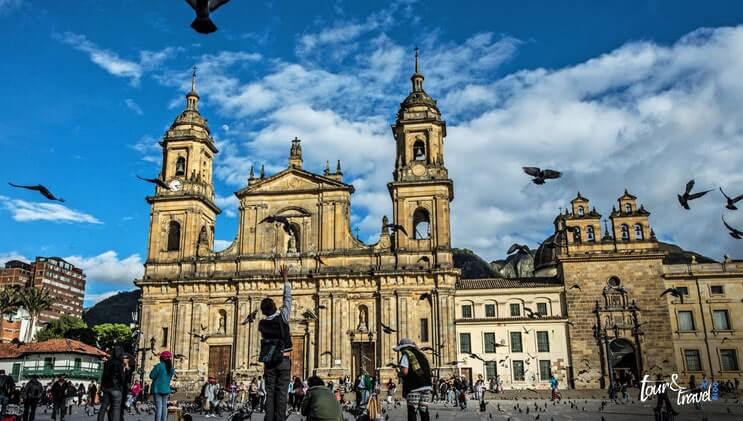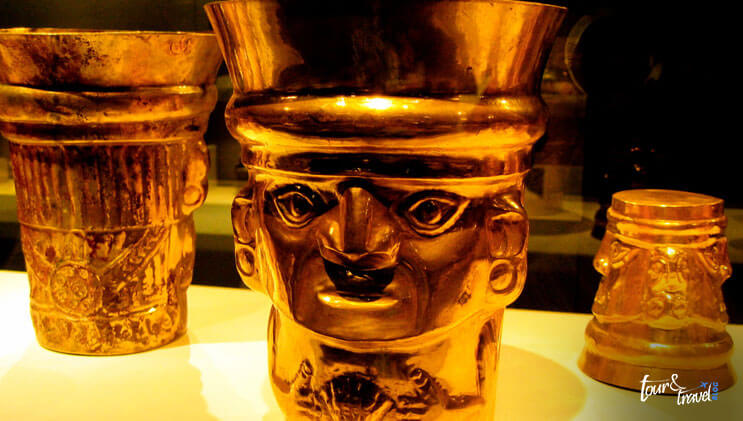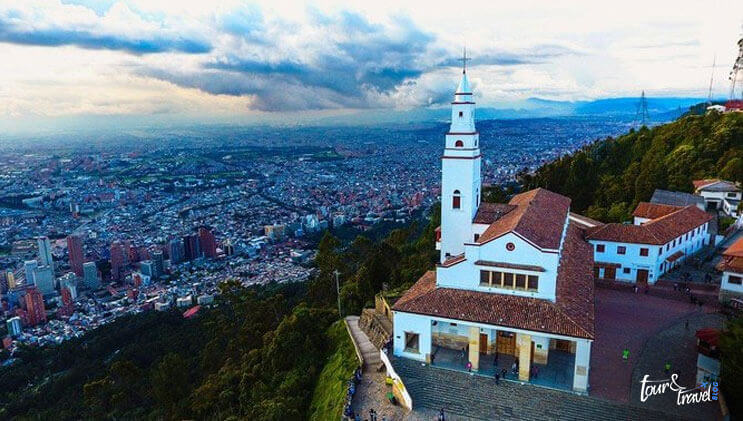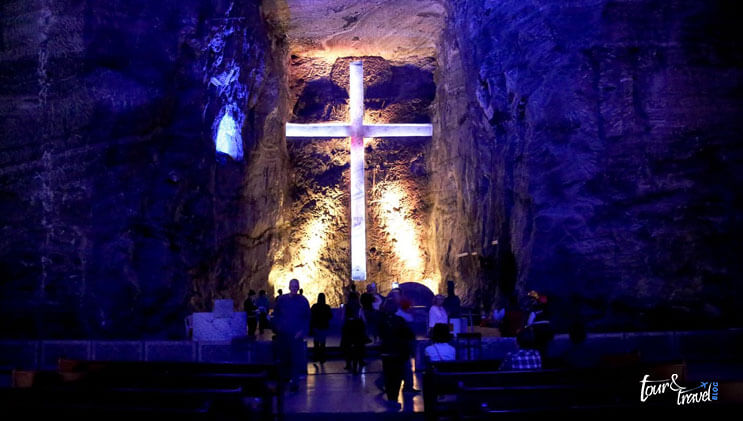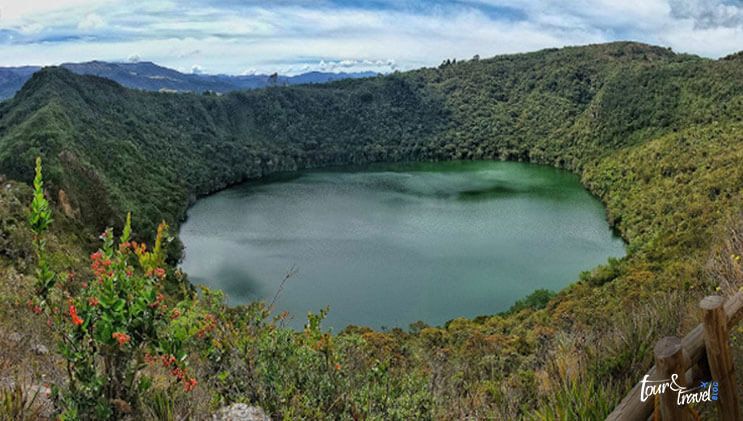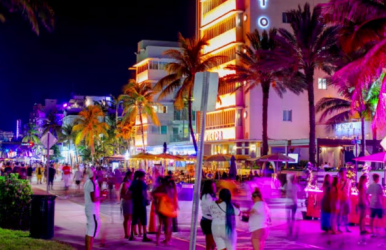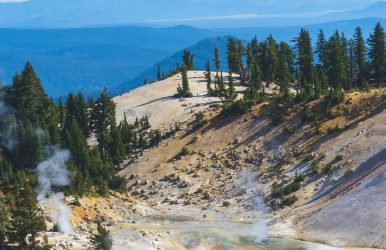Nightlife in Miami: The Ultimate Guide
BY Sibashree Jan 30, 2025
Miami is a beacon of Caribbean and Latin American culture and one of the hottest (not temperature-wise) places to be! The nightlife in Miami is one of the most famous things people talk about when they visit the city. Apart from boasting stunning beaches and Cuban influence, there's a lot you should keep on your list—the vibrant nightlife, for example! With its clear blue waters and white sand beaches you can explore during the daytime, the city comes alive during the night. The following article will explore the different ways you can explore the nightlife of this beautiful city! With its trendy rooftop bars, world-class nightclubs, and beachside lounges, you can expect an amazing time in the city, even if you're here for a night! If you get the timing right, you may even catch the famous South Beach Wine & Food Festival! Why Choose Miami for a Night Out? Well, Vegas has its own charms. While New York and Manhattan have more of a daytime adventure vibe, Miami will always be the poster child of a happening nightlife—the one city that comes alive during the night! Far from being pretentious, the nightlife in Miami is the Eastern counterpart of Vegas, so if you enjoyed Vegas, you will enjoy the nightlife in Miami! The experience is mostly what you make of it - from enjoying pool parties to getting into clubs, it's your game. The nightlife in Miami is all about bars, club-hopping along the Ocean drive and soaking in the vibes of this immaculate place! You can even find 24 hours-open clubs from Thursday through Sunday here! Did you know Miami is one of the most expensive cities in the world? 3 Perfect Ingredients For A Nightlife In Miami Now that you're convinced to visit the most happening city in the country, here are different essential elements of a night out in Miami, from having the best food to club hopping and enjoying the beachside club vibes. Do it all here! Best Nightclubs in Miami That Come Alive At Night! Home to some of the most famous nightclubs in the world, the nightlife in Miami attracts top DJs and celebrities. Here's a look at the best nightclubs for your night out: LIV Miami—One of the most happening nightclubs in Miami is inside the Fontainebleau Hotel. LIV is one of the most iconic nightclubs in Miami, known for its high-energy atmosphere and exclusive VIP experience. E11EVEN is one of the 24/7 ultra clubs that combines live performances, top-tier DJs, and aerial dancers. You are sure to have a unique nightlife experience. This is truly an entertainment venue like no other! Mynt Lounge – Be sure to follow their dress code, which is smart and elegant, and book a table in advance for a smooth night out! A hotspot for celebrities and VIPs, Mynt Miami offers an upscale and intimate clubbing experience. Story Nightclub—The same team behind LIV brings you Story Nightclub. This place boasts a massive dance floor and an impressive lineup of world-renowned DJs. Space Miami – One of the legendary venues for electronic music lovers, Space Miami will give you an unforgettable clubbing experience. It will last well into the morning. Simply book a Space Miami VIP Table and ensure premium service and the best views of the DJ booth. Trendy Bars and Lounges in Miami For those who prefer a more laid-back nightlife in Miami, here are a few options that offer a variety of stylish bars and lounges: Sugar – One of Brickell's most trendy rooftop bars, Sugar offers breathtaking views of the city skyline. You can also enjoy expertly crafted cocktails here. The Broken Shaker—A must-visit for cocktail enthusiasts, this award-winning bar at Freehand Miami serves unique and flavorful drinks in a relaxed, bohemian setting. Komodo Lounge—This chic upscale lounge is perfect for those who enjoy a sophisticated ambiance. As the name suggests, it offers Asian-inspired cocktails, so you can get that oriental taste here. Miami Beach Clubs and Pool Parties Miami’s nightlife is more than just bars and clubs, it has beautiful beachside parties and clubs. It also brings with it legendary poolside parties. Let’s have a look at all the top spots you can have a chill time in: Brunch-worthy Nikki beach that brings the best of daytime fun and a happening nightlife to you. You can enjoy the sunday-brunch at the beach clubs or have a chill night out at the poolside with a stylish crowd. It’s up to you! Party at the luxurious Hyde beach that brings the best of luxury and premium bottle service. This location is at the lavish SLS Hotel that brings a poolside party with the top DJs. The lively Baoli Miami brings fine dining and nightlife together for its visitors to bring the night alive as it passes. The nightlife scene at Miami is ever-evolving and dynamic, catering to every party-goer! No matter if you’re out there dancing till the sunrises or sipping cocktails on a rooftop for the majestic views. You can enjoy every bit of the city easily with these locations - even spending your time at the beach club can bring unforgettable nights to you. South Beach Wine & Food Festival! If you're interested in visiting the city and soaking in its culture, here's one way to do so with great food and alcohol! The famous South Beach Wine and Food Festival will be held between February 20th and 23rd, 2025! With over 105+ events spread out over the four days, you can meet experts and taste their concoctions while contributing to a noble cause. Each year, the SOBEWFF raises nearly $40 million for FIU's Chaplin School of Hospitality and Tourism Management. From Miami Beach to Kendall and around, you can get a taste of each South Florida corner! When debating between the better nightlife and the one in Miami, it can be said that the one in Miami is far more happening than in LA or Vegas. Whenever I can, I make it a point to visit the festival to support a great cause. You can easily see how the students run a festival of this scale. They come up with entrepreneurial ventures and test new concepts, too. If you can, visit Miami in the coming weeks to experience the best of both worlds! Keep Groovin'! Now that you know about all the hottest spots to live the dream nightlife in Miami, we hope you'll dance the night away and drink responsibly! From spending your day at the beautiful beaches to soaking at the clubs at night. You can do it all here! The nightlife in Miami is one of the most coveted across the country, and you dare not miss it! You will spot someone famous while partying out, from popular NBA stars to favorite celebrities! You can also enjoy the most famous festivals in the coming weeks, so plan your trip accordingly! The article informs you about the different elements of enjoying the nightlife in Miami. From happening clubs to beach clubs and trendy bars, there's a lot you can explore! Also read Top 10 Most Popular Paraguay Food That You Must Try. Top 13+ Famous Wonders Of India That You Must Visit. Top Tips For Motorbike Rental In Phuket – A Guide To Exploring The Island On Two Wheels.

